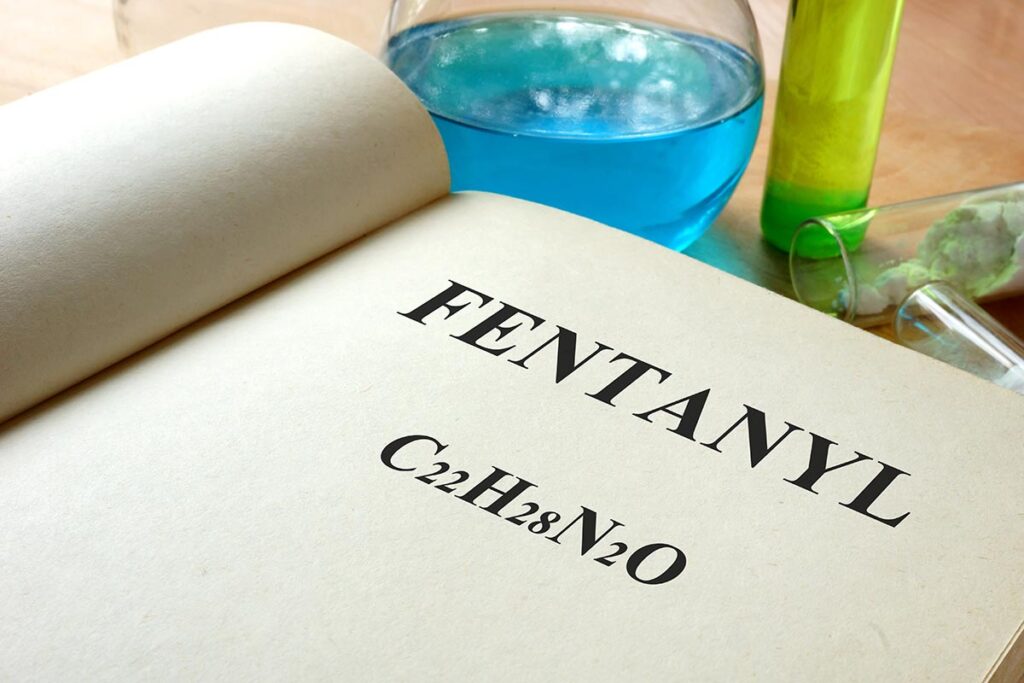Introduction
Fentanyl, a potent synthetic opioid, has emerged as a major contributor to the opioid epidemic, causing an alarming number of deaths worldwide. While it was originally developed for medical purposes to manage severe pain, its illicit use has skyrocketed, leading to a significant increase in fatalities.

In this article, we will delve into the reasons behind why fentanyl causes so many deaths, exploring its potency, overdose risks, and the challenges in addressing this pressing public health issue.
Understanding Fentanyl
Fentanyl belongs to the opioid class of drugs, sharing similarities with morphine but possessing an estimated 50 to 100 times greater potency. This heightened potency makes it a valuable tool in medical settings for managing severe pain, especially in cases of surgery, cancer treatment, or chronic pain conditions. However, it is this very potency that poses a grave risk when misused or abused.
1. Potency and Overdose Risk
The primary reason behind the surge in fentanyl-related deaths lies in its incredible potency. A tiny amount of fentanyl can have a profound impact on the body’s central nervous system, leading to respiratory depression – a slowed or even stopped breathing. Users who are unaware of the drug’s strength or who miscalculate their dosage are at a heightened risk of overdose.

Street-sold fentanyl, often mixed with other substances:
Illicitly manufactured fentanyl is frequently sold on the streets, and it is commonly mixed with other drugs, such as heroin or cocaine. This combination significantly increases the risk of overdose, as users may inadvertently ingest a much stronger substance than expected. The unpredictability of the drug’s composition makes it challenging for individuals to gauge a safe dosage, resulting in an increased likelihood of fatal outcomes.
2. Rapid Onset of Effects
Fentanyl’s rapid onset of action exacerbates the risk of overdose. When used illicitly, whether by inhalation, injection, or transdermal absorption, fentanyl quickly reaches the brain, leading to a swift and intense euphoria.
However, this rapid onset also means that the user may not have sufficient time to recognize the signs of overdose or seek medical assistance before it’s too late.
3. Narrow Therapeutic Window
The therapeutic window refers to the range of a drug dosage between its minimum effective concentration and the minimum toxic concentration. Fentanyl has an exceptionally narrow therapeutic window, making it easy for users to unintentionally cross into dangerous territory. Even a slight increase in dosage can tip the balance from pain relief to life-threatening respiratory depression.
Get Your Questions Answered Now
Challenges in Responding to the Crisis

Addressing the fentanyl crisis requires a multifaceted approach, encompassing law enforcement, healthcare, and public awareness. However, several challenges hinder the effective response to this escalating public health issue.
1. Synthesis Variants and New Analogues
One of the primary challenges in combating the fentanyl crisis is the constant emergence of new synthetic variants and analogues. Illicit drug manufacturers continually modify the chemical structure of fentanyl to create substances with similar effects but evade legal restrictions. This cat-and-mouse game complicates efforts to regulate and control the distribution of these substances.
2. Limited Detection Capabilities
Traditional drug detection methods face limitations in identifying fentanyl and its analogues. Many standard drug tests may not detect these synthetic opioids, leading to a false sense of security among users and healthcare providers. Improving detection capabilities is crucial for timely intervention and overdose prevention.
3. Stigma and Treatment Barriers
The stigma associated with opioid use disorder often prevents individuals from seeking timely and adequate medical help. Additionally, access to addiction treatment services can be limited, exacerbating the challenges of addressing the root causes of fentanyl abuse. A comprehensive strategy must include efforts to reduce stigma, increase accessibility to treatment, and enhance education on the risks associated with fentanyl use.
Conclusion
The surge in fentanyl-related deaths represents a critical public health crisis that demands urgent attention and comprehensive strategies. The potent nature of fentanyl, coupled with its illicit production and distribution, creates a lethal combination that continues to claim lives. To effectively address this issue, it is imperative to enhance prevention efforts, expand treatment options, improve detection capabilities, and reduce the stigma surrounding opioid use disorder. Only through a concerted and collaborative approach can society hope to curb the devastating impact of fentanyl on individuals, families, and communities.

